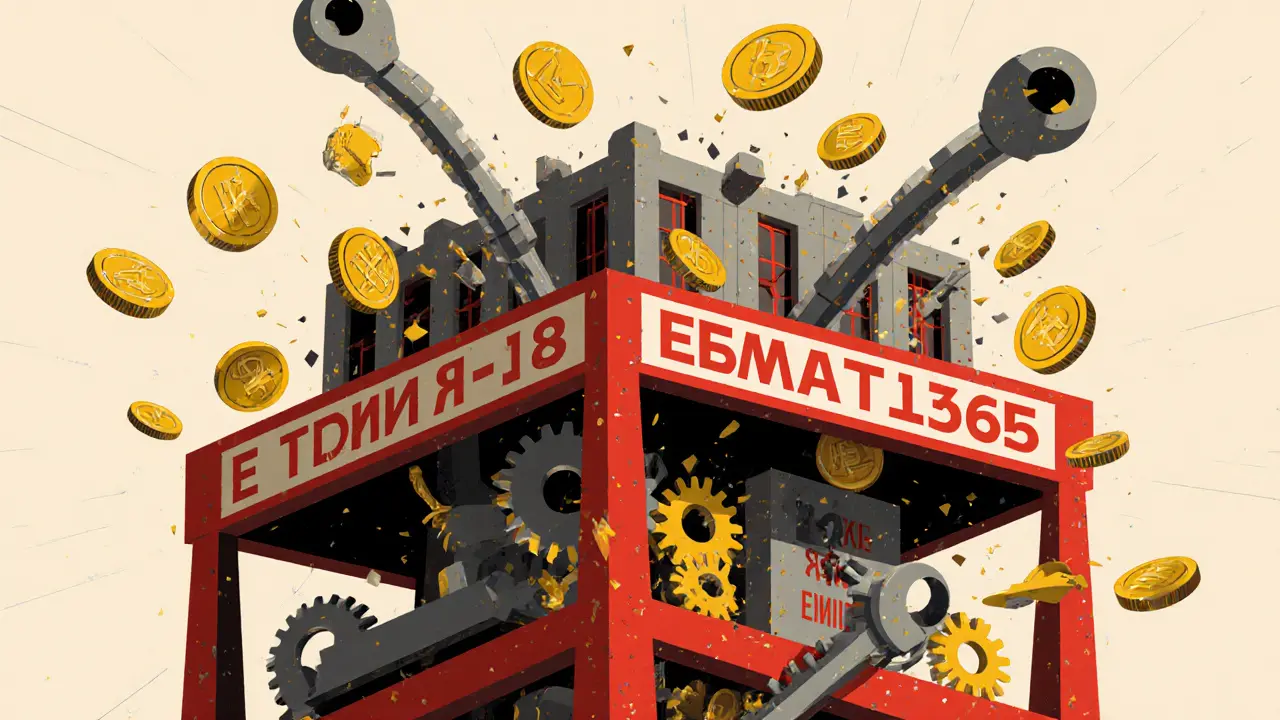
ERC-1155 is a single Ethereum standard that lets you manage fungible tokens, NFTs, and semi-fungible assets in one contract. It slashes gas fees with batch transfers and powers most blockchain games today.
When you hear ERC-1155, a multi-token standard on the Ethereum blockchain that lets one contract manage both fungible and non-fungible tokens. Also known as Semi-Fungible Token Standard, it’s the quiet engine behind most modern NFT games, collectibles, and DeFi systems. Before ERC-1155, every NFT needed its own contract, and every token like ETH or USDC needed another. That meant high gas fees, slow transactions, and messy code. ERC-1155 changed that by letting one smart contract handle thousands of different token types—whether they’re unique like a rare sword in a game, or interchangeable like in-game currency.
This isn’t just a technical upgrade—it’s a practical one. If you’ve ever bought an NFT and then traded a bunch of identical tokens in the same transaction, you’re already using ERC-1155 without knowing it. Projects like ERC-1155 are used in platforms like Enjin, The Sandbox, and even some DeFi yield aggregators because they reduce the number of blockchain interactions. Fewer transactions mean lower fees and faster trades. It also makes it easier for wallets and marketplaces to support hundreds of token types at once, instead of needing a separate integration for each one. This standard also supports batch transfers: sending 10 different NFTs to five people in one go. No other standard does that cleanly.
Related to this are NFTs, unique digital assets that represent ownership of items like art, game items, or access passes, and fungible tokens, interchangeable units like cryptocurrency or loyalty points. ERC-1155 blends both. Think of it like a digital wallet that holds cash, gift cards, and one-of-a-kind concert tickets—all in the same pocket. That’s why it’s the go-to for blockchain games where you need both currency and rare gear. It’s also why companies building token-gated communities or digital collectibles pick ERC-1155 over older standards like ERC-20 or ERC-721.
But it’s not perfect. Because one contract handles so much, a single bug can affect every token inside it. And while it saves gas, it’s more complex to code right. That’s why you’ll see it in big projects with strong dev teams—not random meme coins. Still, if you’re into crypto gaming, digital ownership, or DeFi tools that bundle assets, you’re likely interacting with ERC-1155 daily.
Below, you’ll find real-world examples of how this standard powers everything from NFT airdrops to decentralized exchanges. Some posts break down how it’s used in games. Others show how it cuts costs for traders. You’ll also see how scams try to hide behind its complexity. This isn’t theory—it’s what’s running under the hood of the crypto you’re already using.

ERC-1155 is a single Ethereum standard that lets you manage fungible tokens, NFTs, and semi-fungible assets in one contract. It slashes gas fees with batch transfers and powers most blockchain games today.